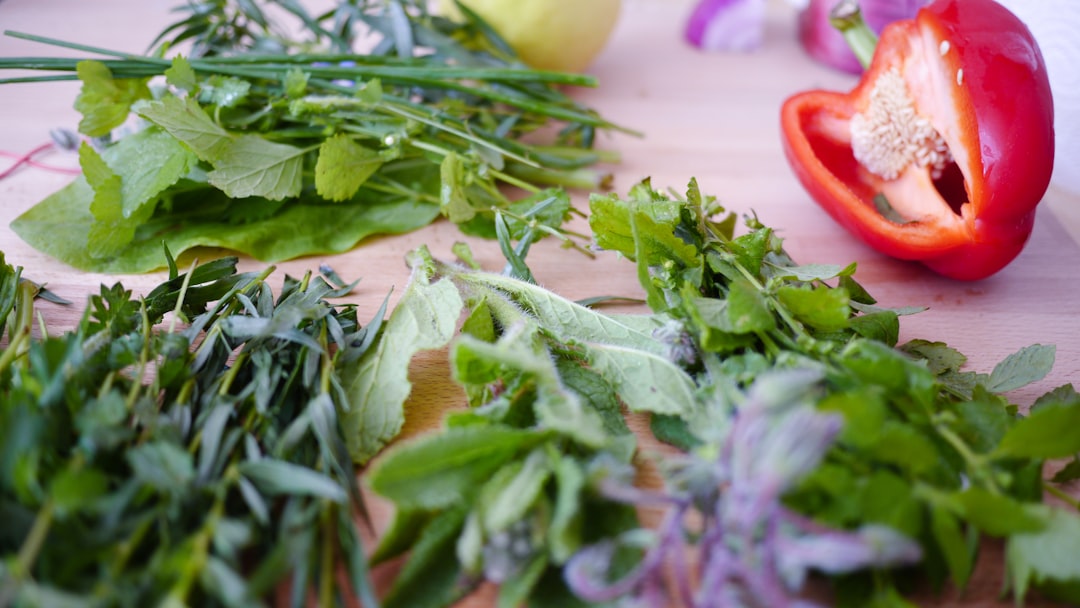What is it about?
During embryonic development, cell-cell communication is crucial to coordinate cell behavior, especially in the generation of differentiation patterns via morphogen gradients. Morphogens are signaling molecules secreted by a source of cells that elicit concentration-dependent responses in target cells. For several morphogens, cell-cell contact via filopodia-like-structures (cytonemes) has been proposed as a mechanism for their gradient formation. Despite of the advances on cytoneme signaling, little is known about how cytonemes navigate through the extracellular matrix and how they orient to find their target. For the Hedgehog (Hh) signaling pathway in Drosophila, Hh co-receptor and adhesion protein Interference hedgehog (Ihog) and the glypicans Dally and Dally-like-protein (Dlp) interact affecting the cytoneme behavior. Here, we describe that differences in the cytoneme stabilization and orientation depend on the relative levels of Ihog and glypicans, suggesting a mechanism for cytoneme guidance. Furthermore, we have developed a mathematical model to study and corroborate this cytoneme guiding mechanism.
Featured Image

Photo by National Cancer Institute on Unsplash
Why is it important?
We have developed a mathematical model to study cytoneme guiding mechanism. This model is general enough to be used in different bilogical processes where there are guidance factors.
Perspectives
The biophysical model can be apply to model and understand different guidance bilogical processes.
Dr. Adrian Aguirre-Tamaral
Centro de biología molecular Severo Ochoa
Read the Original
This page is a summary of: Predictive model for cytoneme guidance in Hedgehog signaling based on Ihog- Glypicans interaction, Nature Communications, September 2022, Springer Science + Business Media,
DOI: 10.1038/s41467-022-33262-4.
You can read the full text:
Contributors
The following have contributed to this page










